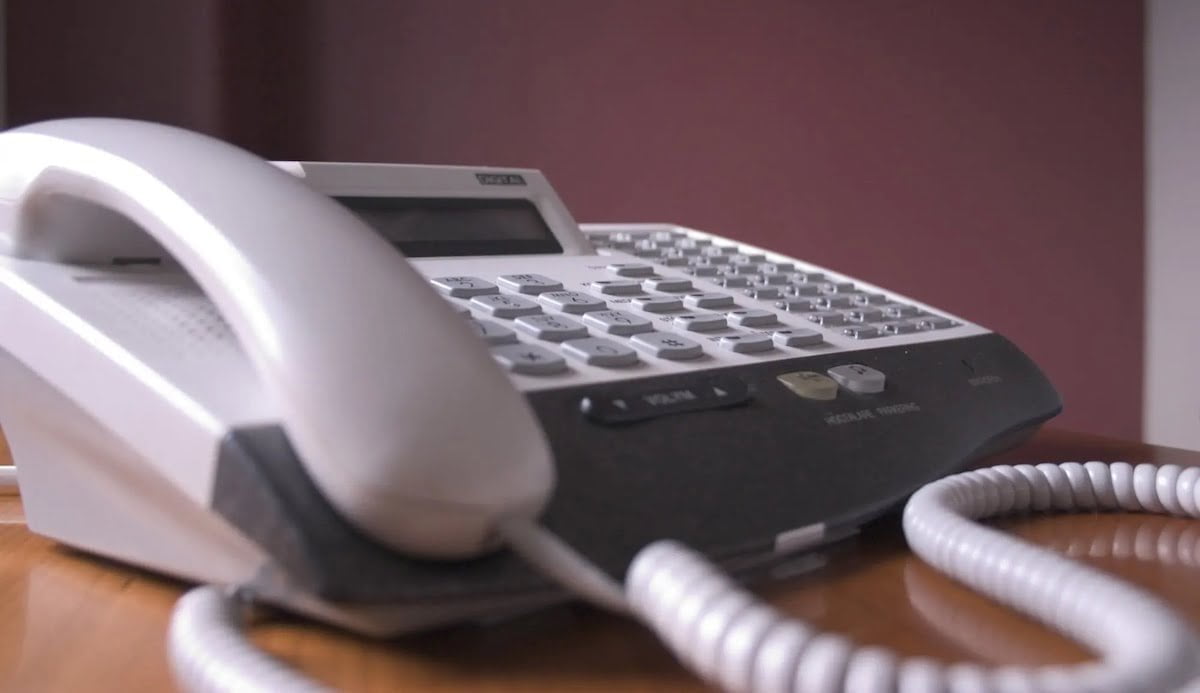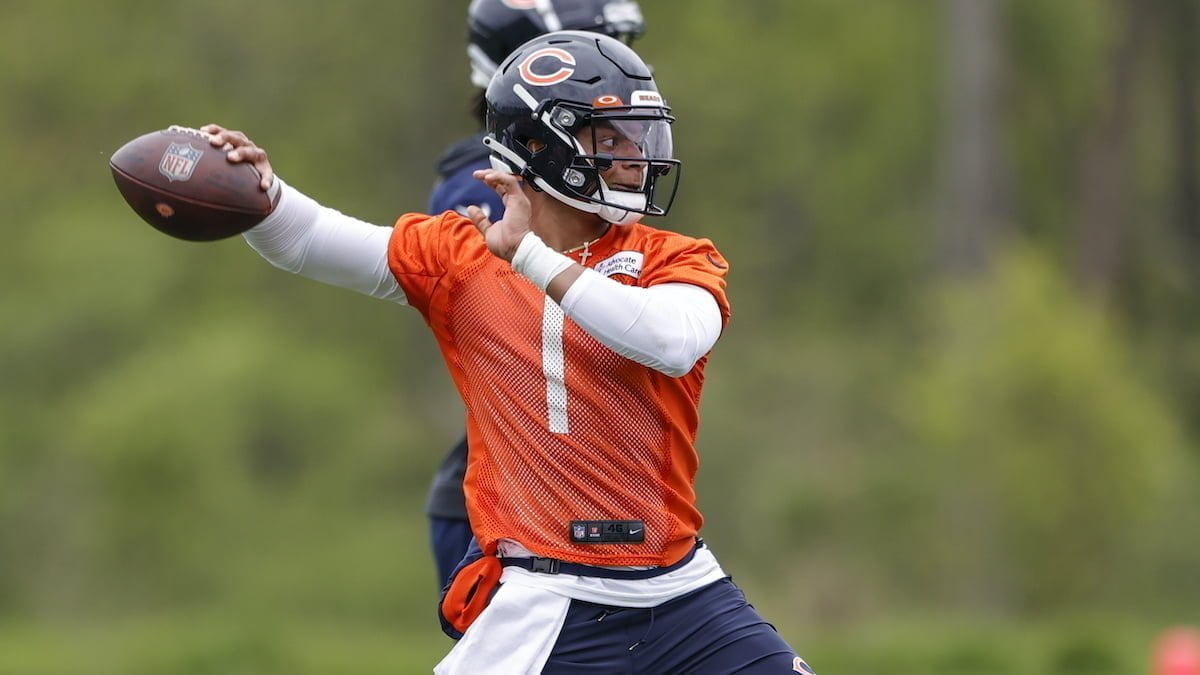The phone is ringing off the hook. The buttons, glowing in an assortment of different hues, are indicative of listener engagement, with a genuine interest in what is being discussed. And the more the phone rings, the better. There’s no harm in having too many callers. Is there?
As sports talk radio’s dissemination has broadened across multiple platforms, the inclusion of audience interaction directly with the hosts of the show has remained constant, with some shows even including it in their daily rundowns. However, including callers on the air just for the sake of adding a new voice to the show is frequently being diminished in its practice, with show producers realizing the importance in putting the right callers on the air.
The role of a caller is beginning to be thought of as an additional enhancement to the listener experience, rather than a standard by which to judge the success of a show. Resultant upon this shift in psyche, the art of call screening; that is, preparing a listener to go live on a sports radio show, has become more than just saying: “Please hold.”
“Screening calls has always been a bit of a challenge, but it’s critical to verify the content that the caller is bringing to the table,” said Steve Bute, assistant program director and producer of The Drill on 1010 XL/92.5 Jax Sports Radio, Jacksonville. “The ability to dial seven digits doesn’t necessarily facilitate your passage to the airwaves.”
While it may seem superficial on the outside, call screening is indeed a thorough process that ensures the on-air hosts interact with people prepared to make a point about or take a new angle related to the topic at-hand, giving the hosts something new on which to expound. Occasionally, callers will partake in some debate, but often, their appearance on the airwaves is as swift as possible.
“Ideally, the caller comes on [with] a focused, brief point — they make it — then, if it’s obvious that they understand the flow and dynamic of what their role is, we move on,” said Michael Lefko, producer of Wyman & Bob on ESPN 710 AM Seattle. “Sometimes, they are rambling [because] they may not be used to being on the radio — then, you have them almost hijacking the segment.”
Sports fans, often passionate and zealous, may unintentionally struggle to formulate a cogent, succinct point, instead speaking impetuously about whatever is on their mind. As they speak to more callers, screeners have been able to find ways to quickly get the listener to focus and get their point out.
“A guy I used to work with [got callers] to take a deep breath and calm down, [then] took everything they said, and summarized it back to them,” reminisced Aaron Raybould, producer of The Blitz on ESPN 97.5 Houston. “He had that understanding that brevity is such a good thing in talk radio because the caller can be there to give an opinion and then let the hosts take off with it.”
Being concise is vital for radio shows implementing callers, and when a caller does not let the host speak or continuously cuts them off, the producer or the host must take action to maintain the quality of the on-air product.
“You have to have an assertive host who will just drop the caller or interrupt them,” said Lefko. “Our hosts have the ability to drop the caller. I don’t think there’s any malice with that. The callers are in a supporting role with our hosts on the air.”
Evolving technology and distribution has brought enhancements to call screening, assisting both the producer and the hosts in ensuring that new voices are being heard. Those who call in to radio shows frequently, while they are appreciated, render themselves more of a nuisance to other listeners eager to hear new perspectives from the hosts and the occasional new caller.
“I will always take a first-time caller over someone who has been on the radio station multiple times,” said Al Dukes, executive producer of Boomer & Gio on WFAN New York. “We have the software now that tells us how many times each caller has called in, [so] I don’t pick up the frequent ones anymore; I have no interest in them.”
“I think there is still value in doing pre-recorded calls instead of [taking] live calls,” said Declan Goff, producer of Mackey & Judd and Purple Daily at SKOR North Minneapolis. “When you pre-record a call, it gives you a safer space. The hardest part about doing anything live is that you only have one take, whereas if you do it pre-recorded, you can take your time and do it a couple of times to get the right point out.”
While there are callers who enhance the on-air product by complementing the hosts with compelling, shrewd opinions on sports, finding and hearing from them is less common than ever before, largely due to advances in technology.
“Over the years that I’ve been doing this, I like the callers less and less,” said Dukes. “I like a caller that can add something to the discussion that we don’t already know or [something that] the host hasn’t already said. To me, there’s not a lot of them. The longer I go, the less calls we are using.”
Listening to other radio shows is something producers often do to determine how they will structure and/or innovate their own program. Something that is often remonstrated and being moved away from is the tendency for some radio shows to take a large number of callers at once, or to talk to the same caller every day for their opinion.
“I’ve heard other shows that take caller after caller where they ramble or it’s the same caller every single day and it becomes boring,” said Paul Reindl, executive producer of Ben & Woods on 97.3 The Fan San Diego. “We don’t want to do that; we try to keep it limited and on topic for us.”
As a result, some sports talk radio shows have begun to abstain from having callers on the air altogether, instead transitioning to new avenues of engagement centered around the multimedia platforms that people use most, most notably those centered around the advent of the smartphone.
“We do not take live phone calls,” said Brad Barnes, producer of FastLane on 101 ESPN St. Louis. “We have a text line that is available for us at all times, along with a mic drop feature on our app where people can leave a 30-second snippet of whatever they want. It’s worked out a lot better for us because we can control what content goes out [and are] able to get straight to the meat of the conversation.”
Other terrestrial radio stations, such as SKOR North Minneapolis, are shifting their avenues of audience to incorporate visuals with the audio being broadcast. They are utilizing the transmission of video through live social media streams and conferencing platforms to include listeners in the conversation in ways never before possible.
“An AM or FM dial can reach thousands of people, but you are pigeonholing yourself in where you want to target,” said Goff. “The thing with radio and where it’s heading is that you need to look at other spaces where you can maximize fan engagement. We have now transitioned [from taking traditional calls] to having people on our video screen with us. It’s been a rewarding experience because they feel like they are more of a part of the show. Being able to be digitally-focused has added a completely new element for us which has been really fun to see.”
Changes in consumption trends that were already taking place prior to the onset of the COVID-19 pandemic were starting to catalyze evolution; however, it was not until the worsening of the pandemic in which radio stations had to react to a changing world — and fast.
“The traditional workplace has changed,” said Lefko. “If someone is working and has us on in the background, they can write out a text and send it to the text line. On Twitter, we will put out a question or a video clip that will generate engagement. I think it feels like they engage in the same way a phone call used to do.”
Some producers believe that audience interaction hinders radio broadcasts, putting the focus on subsets of the listening population rather than the on-air hosts, one of the principal factors as to why people are listening in the first place. Al Dukes of WFAN believes producers and hosts should act in the best interests of their listeners, many of whom listen to hear the hosts instead of guests or callers.
“For the longest time when you would talk about your show, it would be ‘How was the show today?’ ‘Good, who’d you have on?’ That does not matter for my show; it does not determine if I had a good show or not. I love talking about callers and guests, and to me, the less of both of them the better, but it puts a lot of reliance on show hosts and contributors. The shows really need to rely on those people — not callers and guests. I think [sports radio would] be better for it.”
Derek Futterman is a contributing editor and sports media reporter for Barrett Media. Additionally, he has worked in a broad array of roles in multimedia production – including on live game broadcasts and audiovisual platforms – and in digital content development and management. He previously interned for Paramount within Showtime Networks, wrote for the Long Island Herald and served as lead sports producer at NY2C. To get in touch, find him on X @derekfutterman.








Callers are great, especially if the show can have a list of dependable and funny callers, like Jim Rome does, or the old Boers and Bernstein show on 670 the Score.